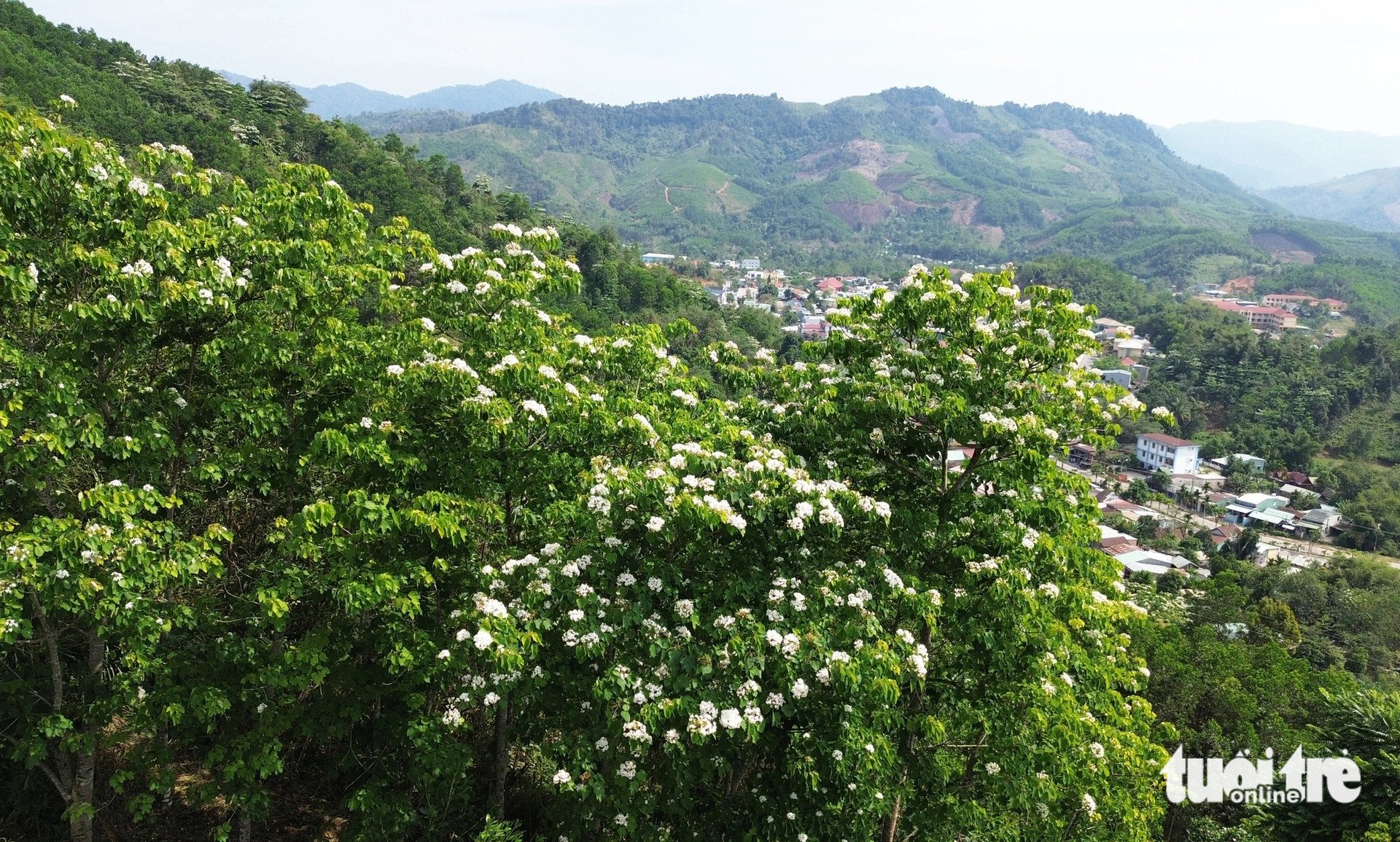
March is the season when bees go to collect honey. Whenever you set foot in the mountains and forests of western Quang Nam this season, you will encounter green forests dyed white by the Bauhinia trees, their scent wafting in the wind.
Following the Ho Chi Minh trail through Dong Giang and Tay Giang districts, patches of bauhinia forests lie on hillsides, along the road or against mountain slopes and along rivers.
Bauhinia flowers have five pure white petals and yellow and red pistils. They grow in clusters and have a light fragrance. They bloom for about two weeks, then sporadically and last for about a month.
The clusters of pure white flowers with sweet fragrance swayed in the wind in the sunlight, reflecting on the blue A Vuong River.
Seen from above, the cau trees growing close together in full bloom form a white strip of floating clouds, creating a poetic and charming scene.
Many tourists passing through Ho Chi Minh road stop before the white color of Bauhinia flowers covering the mountains and forests to take beautiful photos.
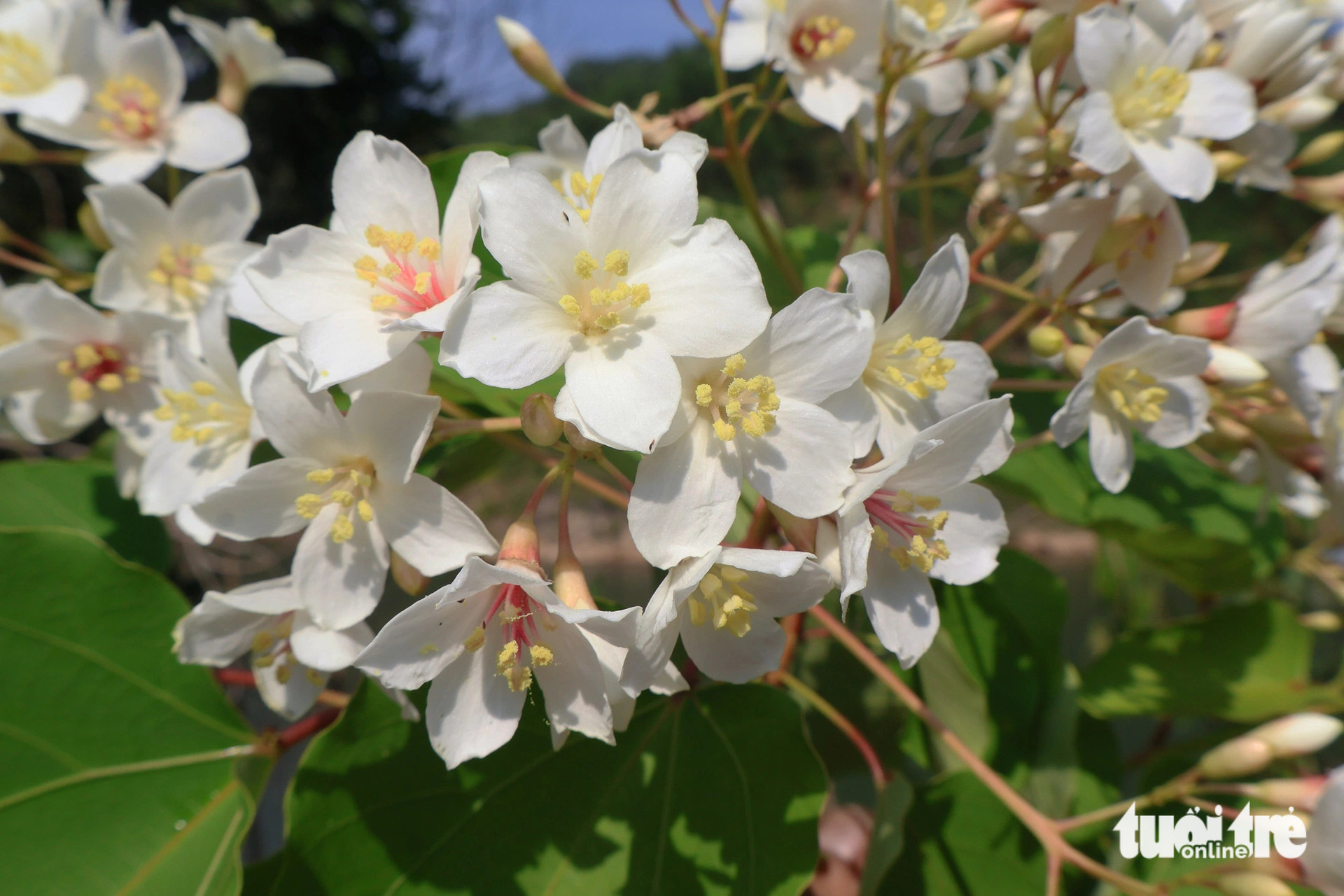
Local people say that the Bauhinia flower season starts from the end of March and lasts until April every year. Bauhinia is grown by the Co Tu people in the mountainous region of Quang Nam as an industrial crop in the hills for wood and seeds.
The Chinese tung tree, also known as the Chinese tung tree, tall tung tree, or three-seed tung tree, is a native tree species in Southeast Asia. The Chinese tung tree usually grows in dry, drained land in sparse forests or on the edge of dense forests.
The tree is 10 - 15m tall on average, with large, long leaves, sometimes spreading into three leaves, with dense hairs on the upper surface. The flowers are unisexual, white, with a reddish-purple center, growing in clusters, quite fragrant.
The fruit is oval-shaped, slightly pointed at the top, round at the stem, with a wrinkled, hairy skin. The fruit is divided into three segments, and turns yellow when ripe. Each fruit usually has three oval, rough seeds.
Tung is grown as an industrial tree for timber and seeds. Tung seeds can be pressed for oil, used in the paint and glue industry.
Tung oil is used in the production of glue paint, to mix paint, to apply on fabric to make it waterproof, the seed residue is used as fertilizer in agriculture . Tung bark is used in traditional medicine as a remedy for toothache.
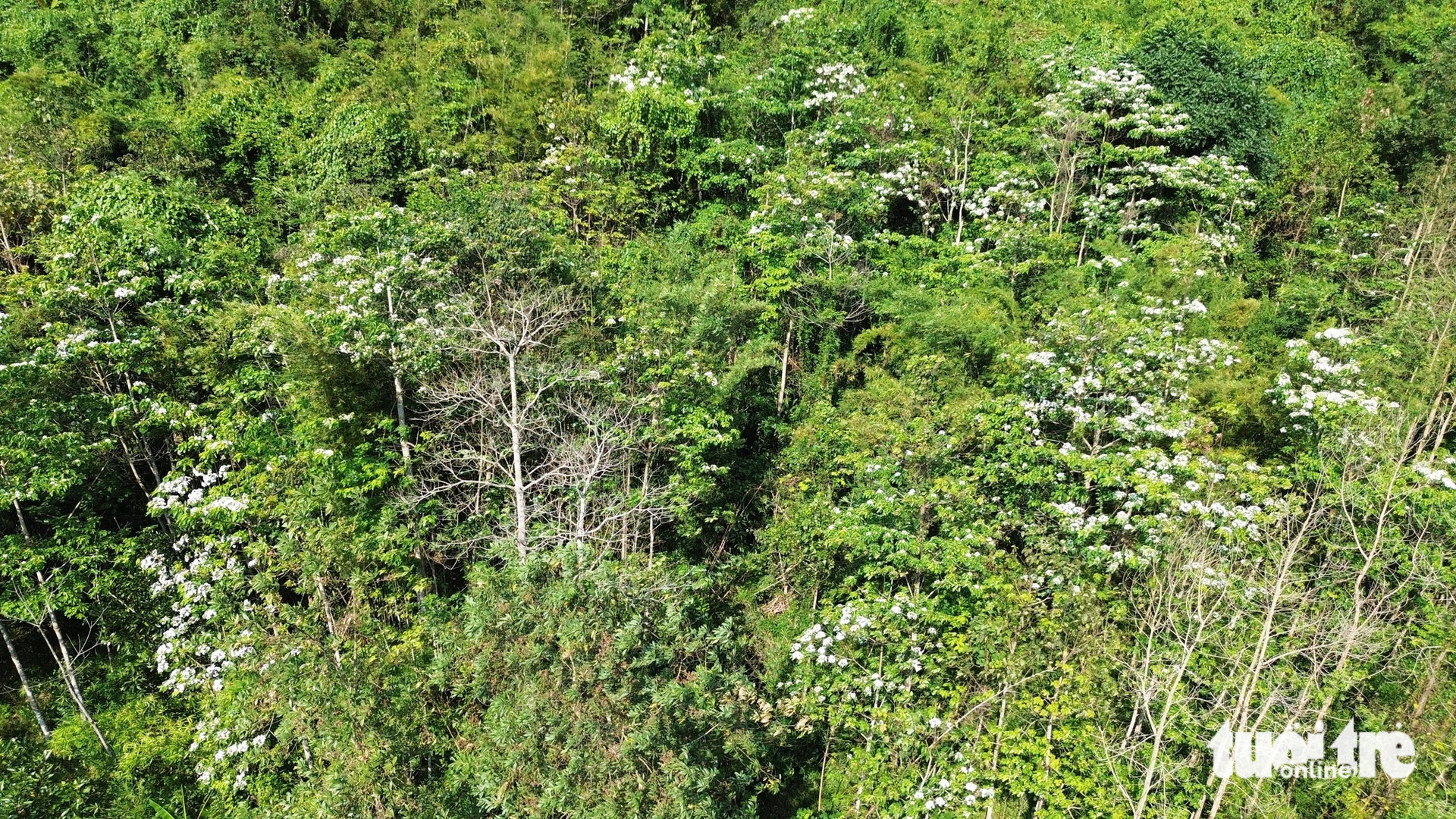
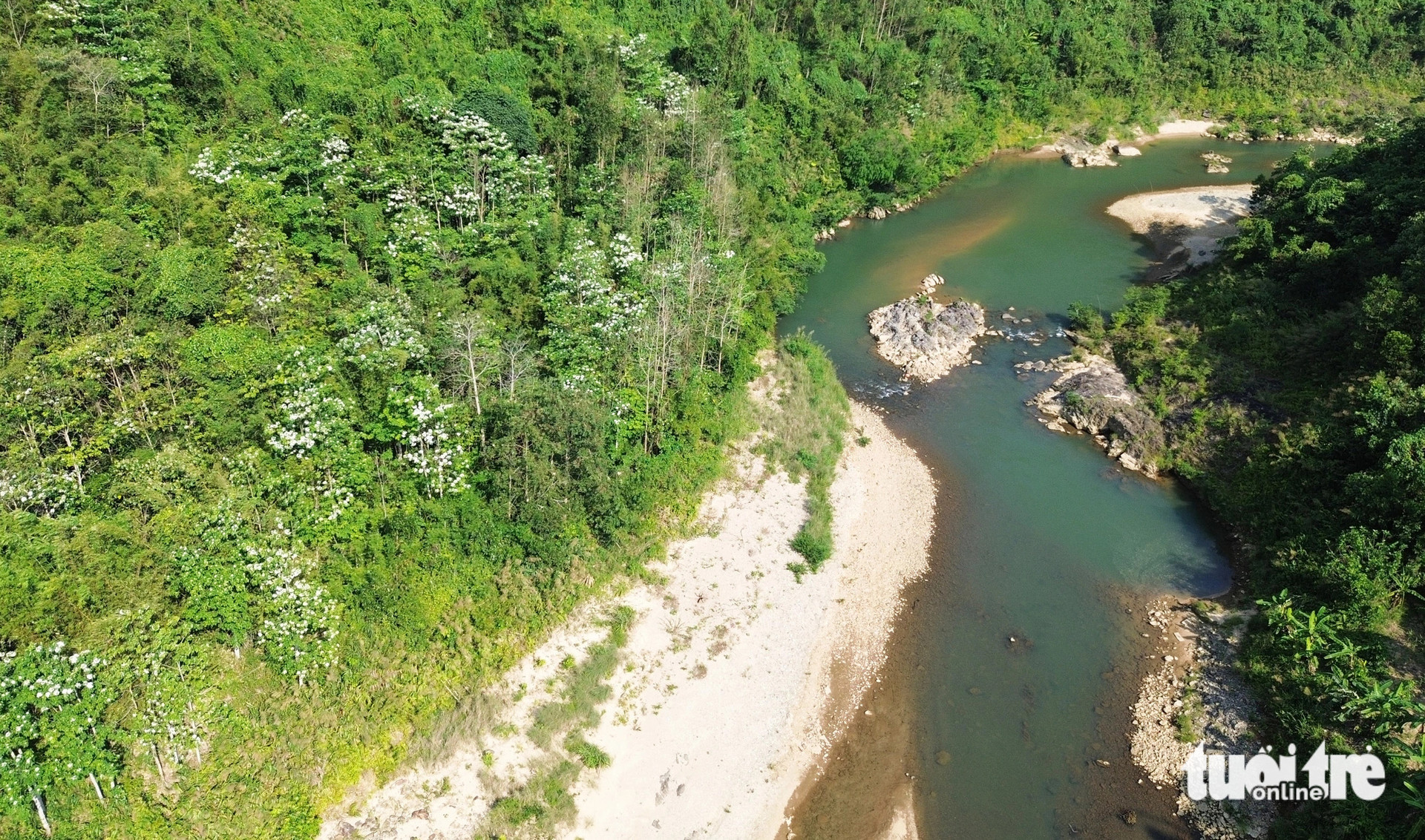
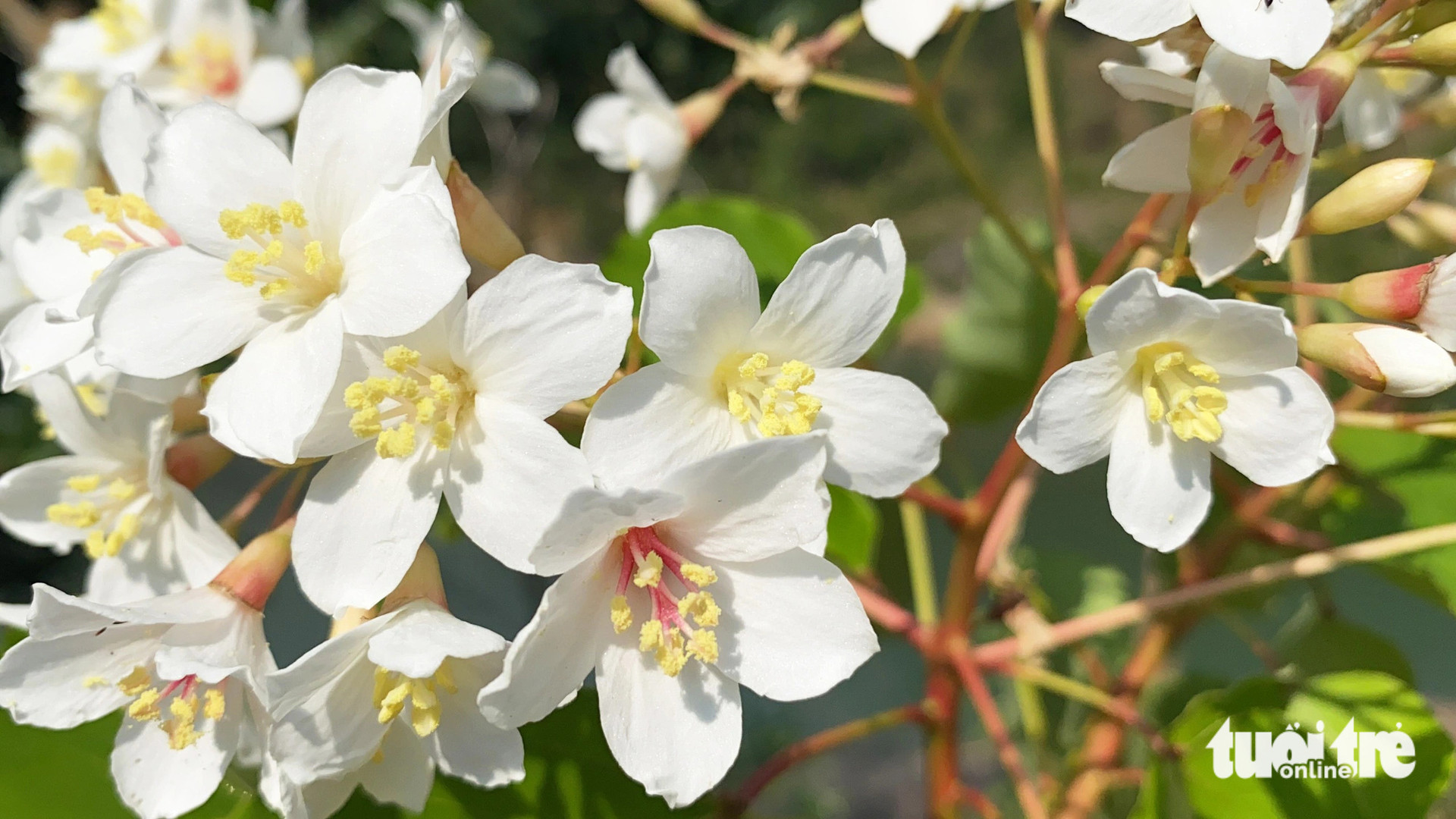

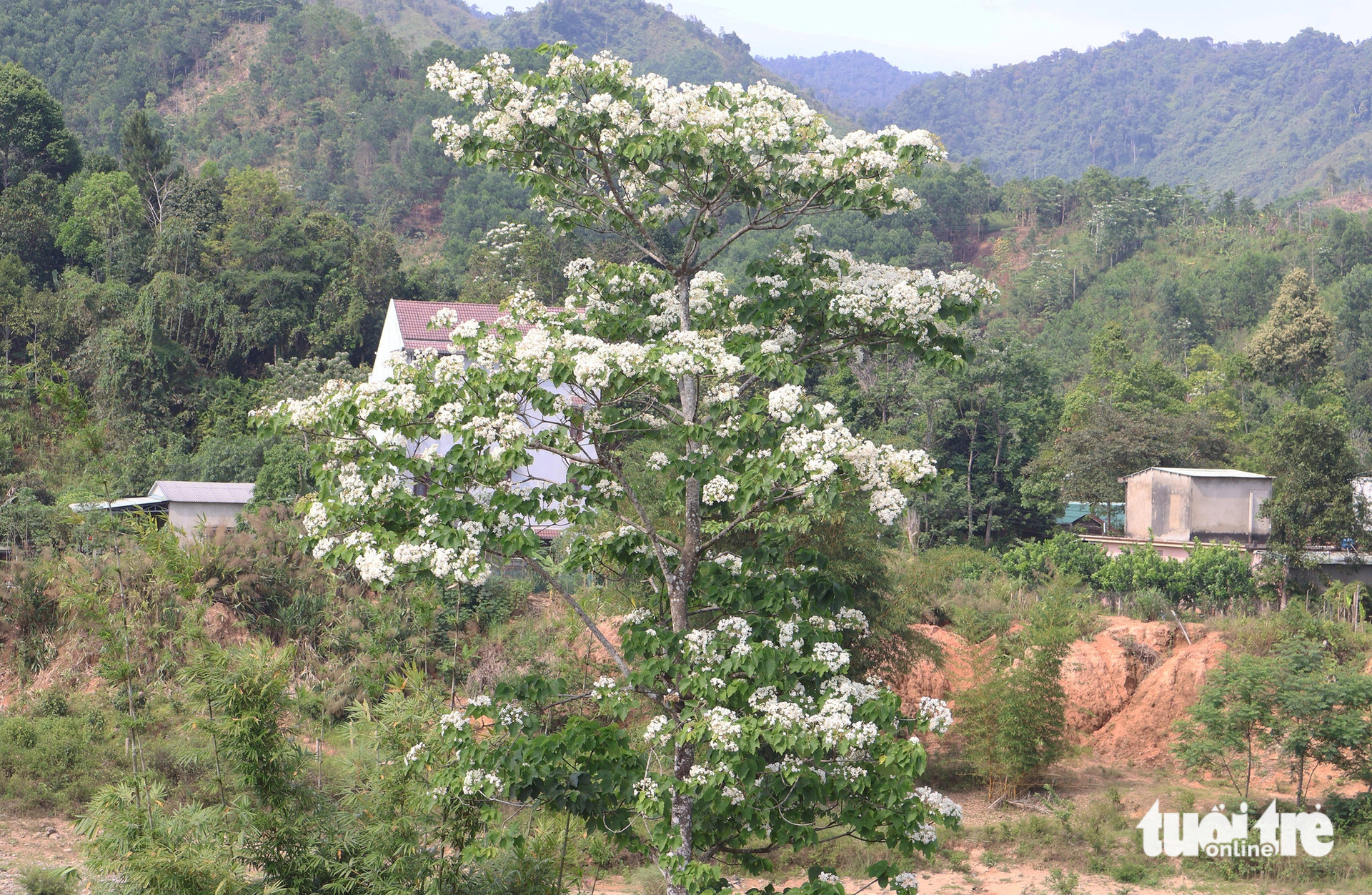
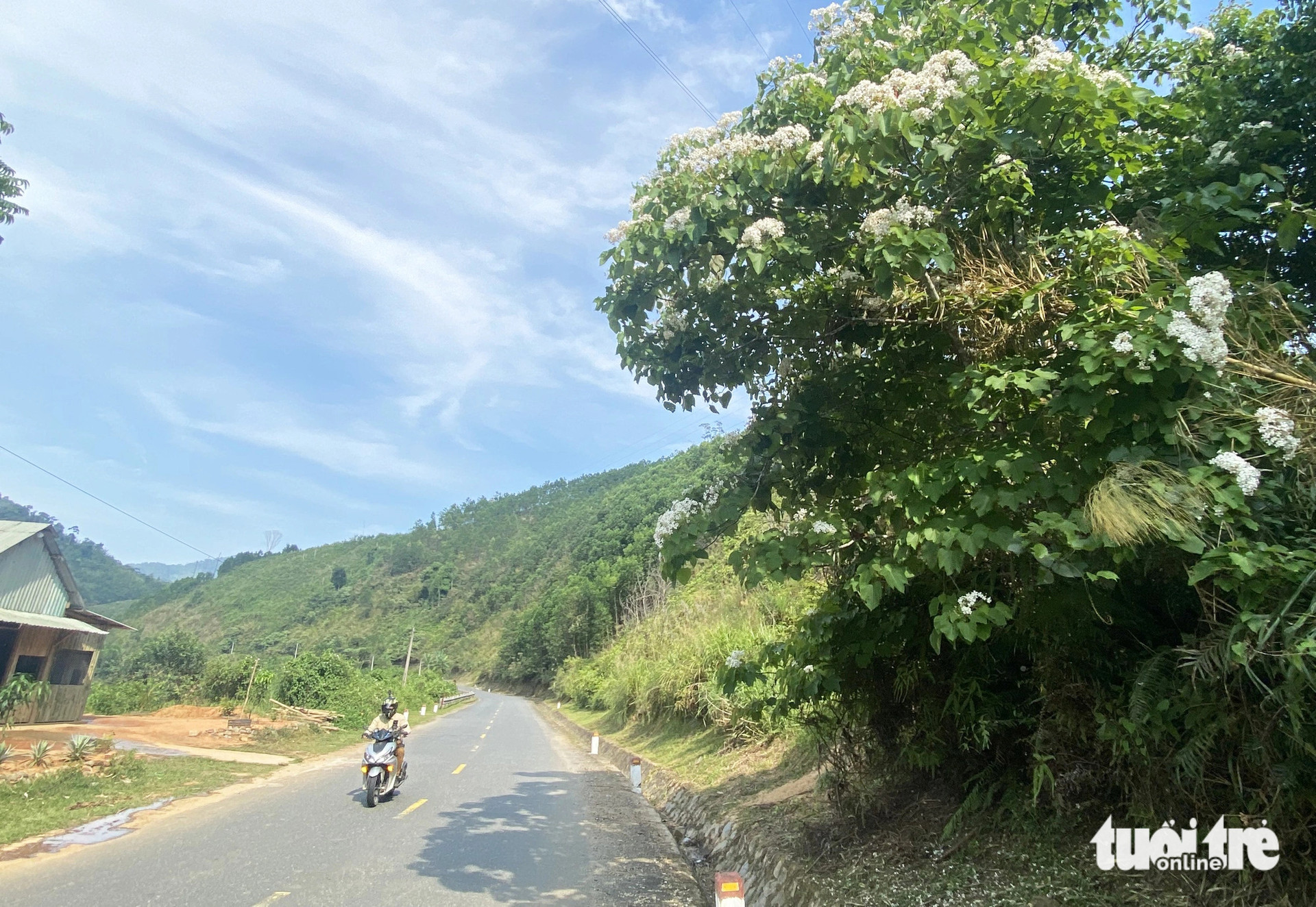
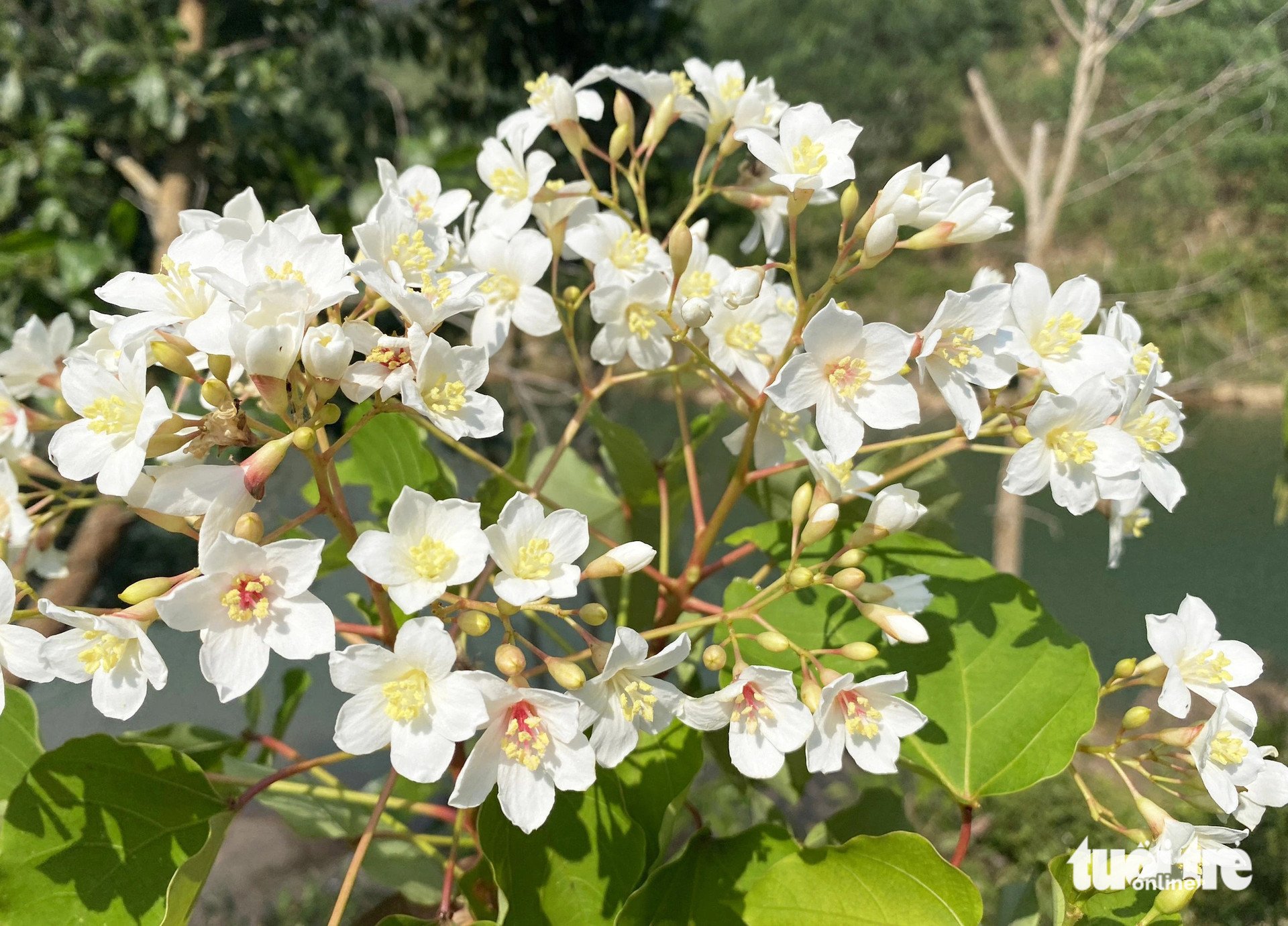
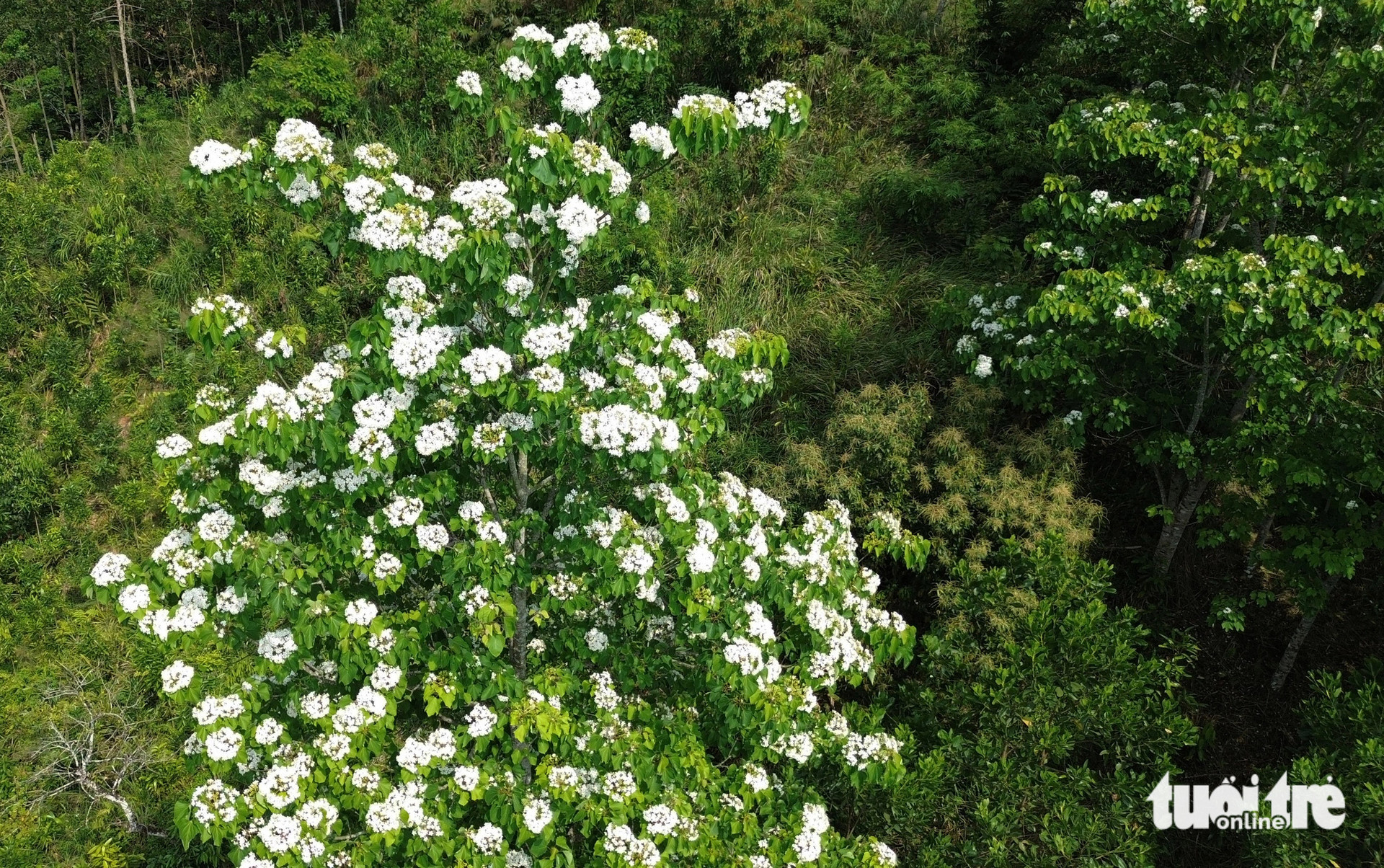
Source



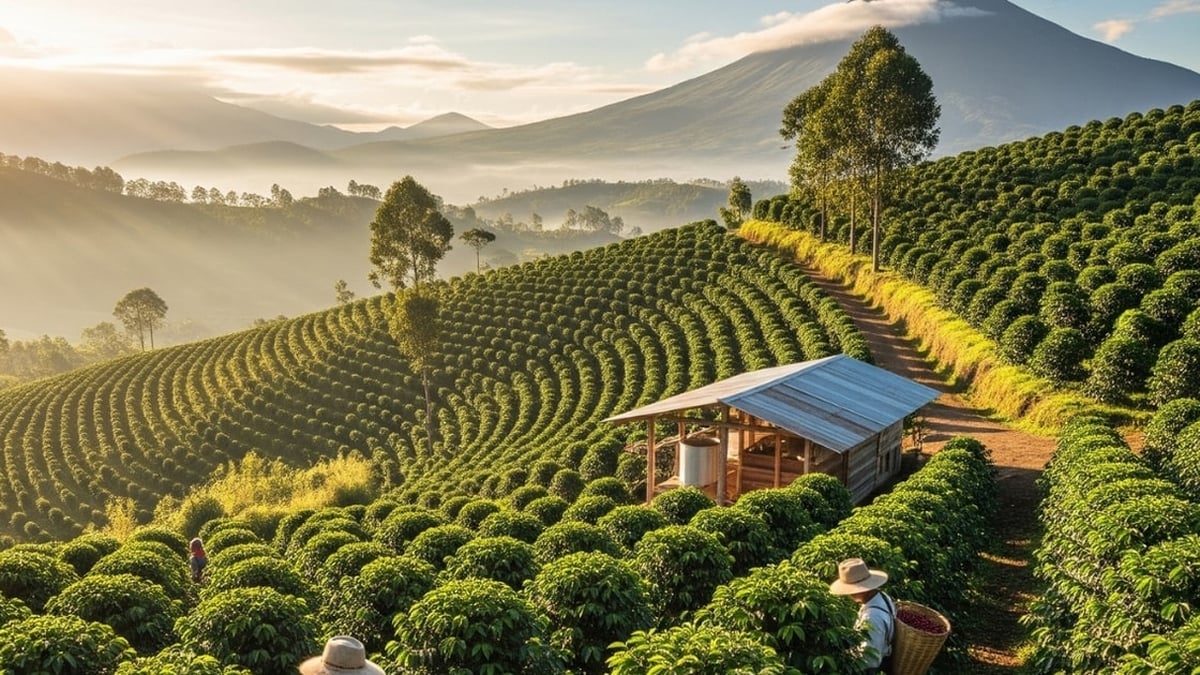
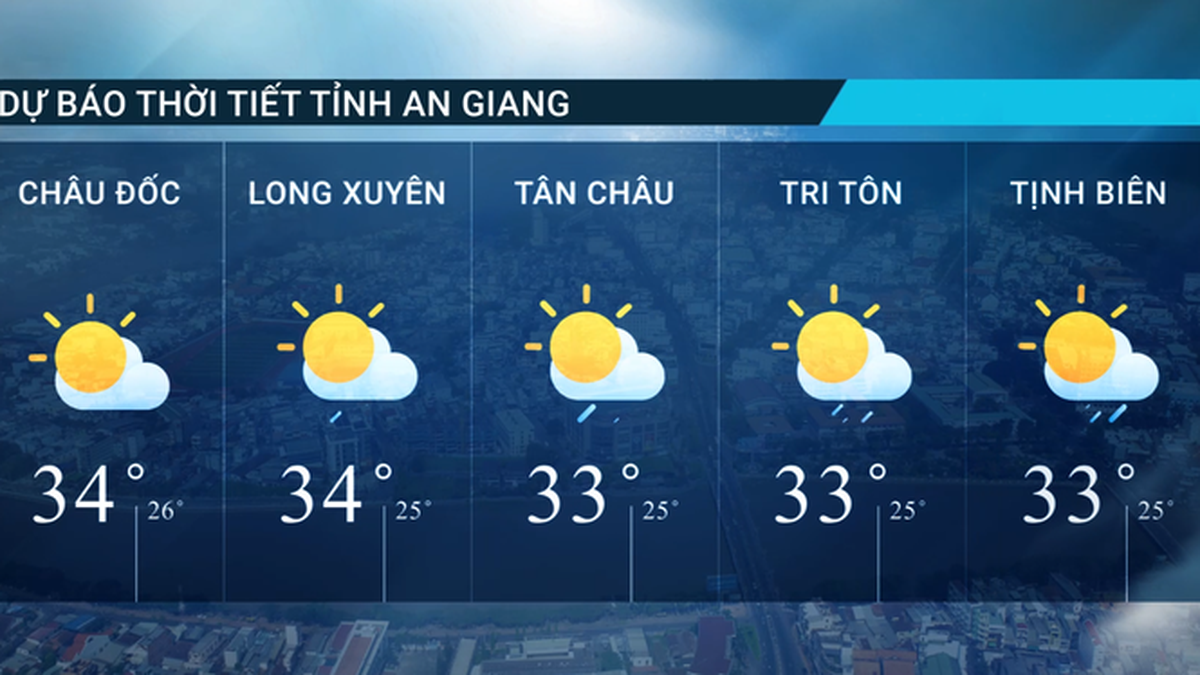

























































































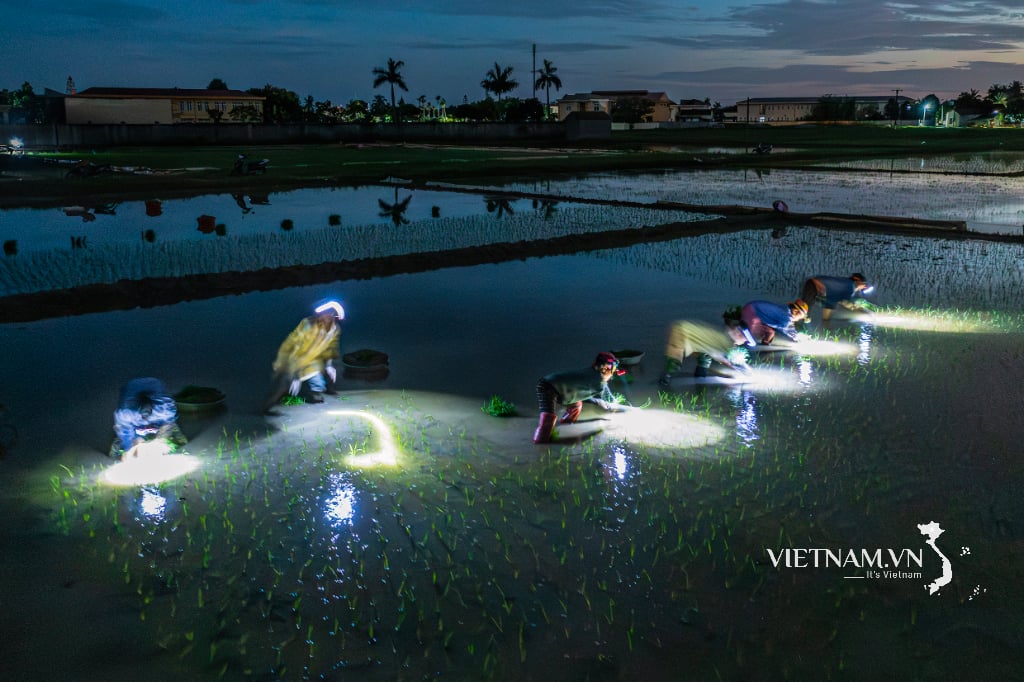

Comment (0)